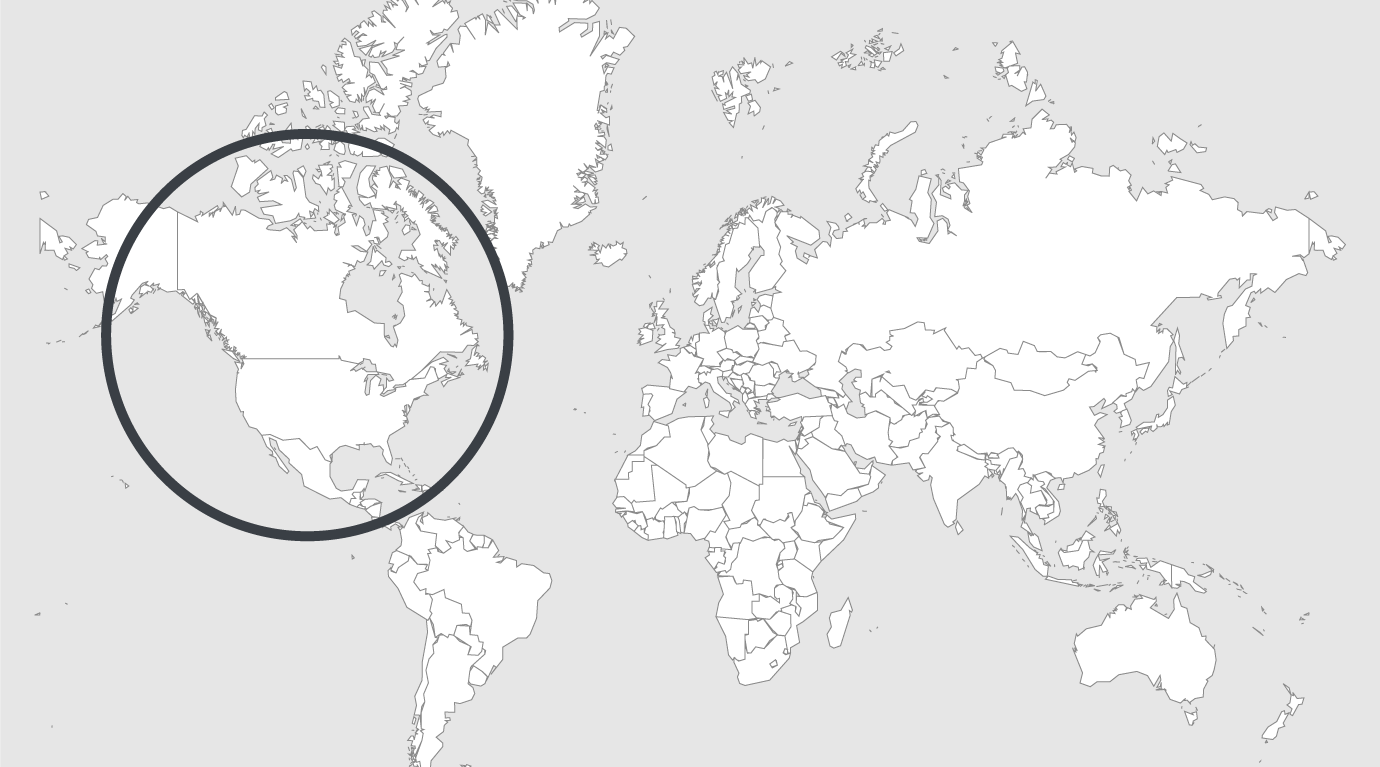
Explore
USA: the school-to-prison pipeline is getting worse for black and brown girls
In the US, black and Latinx girls are disproportionately punished and assaulted by school administrators for simple infractions such as showing emotions.
More than 20 years ago, when I was a 12-year-old queer kid coming to terms with her sexuality, I ran away from home. It was after school had let out for the summer, and I spent two weeks in the Florida Keys, joyriding with neighborhood boys, sleeping under a stilt-house restaurant and smoking cigarettes. I was an angry, depressed girl who had spent her childhood pretending to be someone else – except when I found myself in my school’s music room. I took guitar and voice lessons, sang in the school chorus and Christmas musical, played the piano. I spent hours writing song lyrics in composition books, choreographed song-and-dance routines for school talent shows. If there was music involved, I was there.
After two weeks in the Keys, I returned home, and was immediately taken to the Miami Beach police department for questioning. Who had I been with? How did I get to Key Largo? Why did I run away? Was there trouble at home? These were all questions I had expected, meant to help the police determine if someone had taken me, if I was being abused. But then the questioning changed course. When exactly had I broken into my elementary school in South Beach? Why had I vandalized the music room? I hadn’t, I insisted. What a ridiculous idea! I loved our music teacher, Ms Amor. She had known me for most of my life.
Even though the cops had verified my alibi, had confirmed that I had spent two weeks three hours from Miami, they insisted I had done it. They were convinced I was a delinquent, that I had stolen equipment from Ms Amor’s music room and tagged my nickname all over her office. The most painful part was how the information had come to them: Ms Amor, they said, had called them to report me herself.
In the United States, black and Latinx girls are disproportionately punished, criminalized and even physically assaulted in their schools by their teachers, administrators and school police officers. Often they are suspended, expelled or arrested for infractions such as falling asleep in class, talking back to school officials or simply for showing what are considered acceptable emotions when it comes to their white classmates.
On 15 January this year, four black and Latinx 12-year-old girls were strip-searched at East middle school in Binghamton, New York. After interacting with the girls in the hallway, the principal, Tim Simonds, found that they seemed to be on drugs. He suspected that they were concealing prohibited substances under their clothes, so he took the girls to the school nurse’s office where, for over an hour, they were questioned and given sobriety tests. No one called their parents for consent. Instead, as instructed by the principal, the school nurse and the assistant principal, Michelle Raleigh, told the girls to remove their clothes while they watched. The one girl who refused to disrobe was suspended, and no drugs were found.
Why did Simonds suspect the girls of drug use? According to the NAACP Legal Defense Fund, which is now representing the students’ families, the principal called three of the girls’ parents after the search to say that they had been sent to the school nurse because they had appeared “hyper and giddy” after lunch. The school board now denies that the strip-search happened.
The racial disparity in punishments enforced at and by American schools is staggering: a 2015 report by the African American Policy Forum and Columbia Law School’s Center for Intersectionality and Social Policy Studies has found that black boys are three times more likely and black girls six times more likely to be suspended than their white counterparts. Black girls, according to the report, have even been punished for wearing their hair naturally.
Read full article
